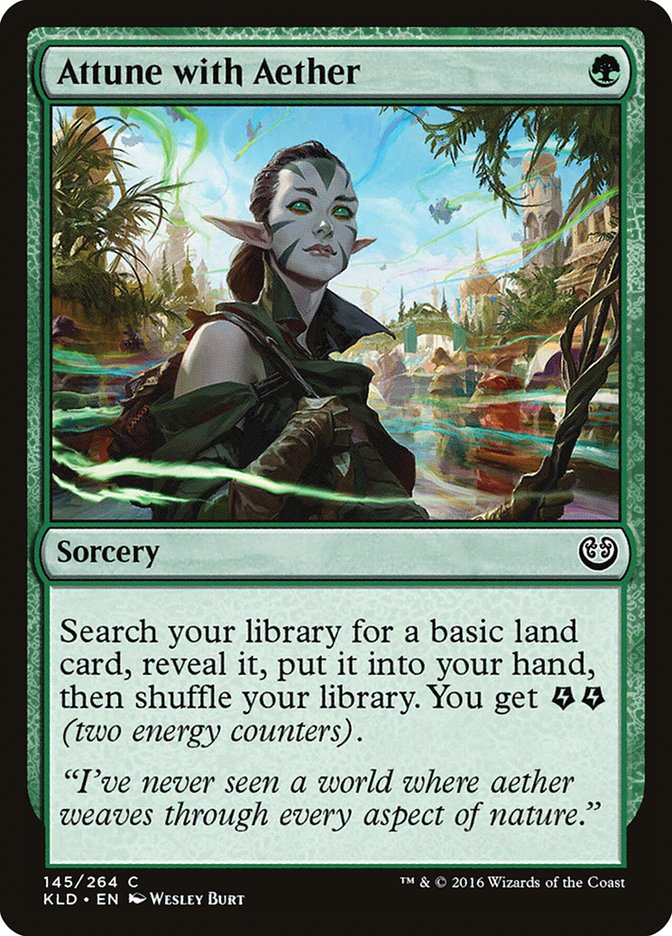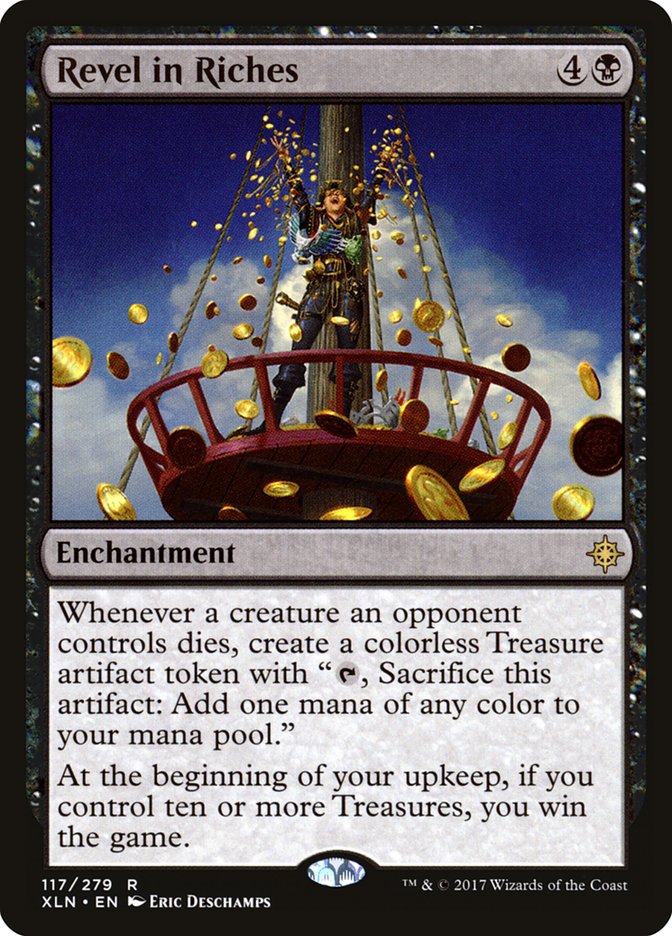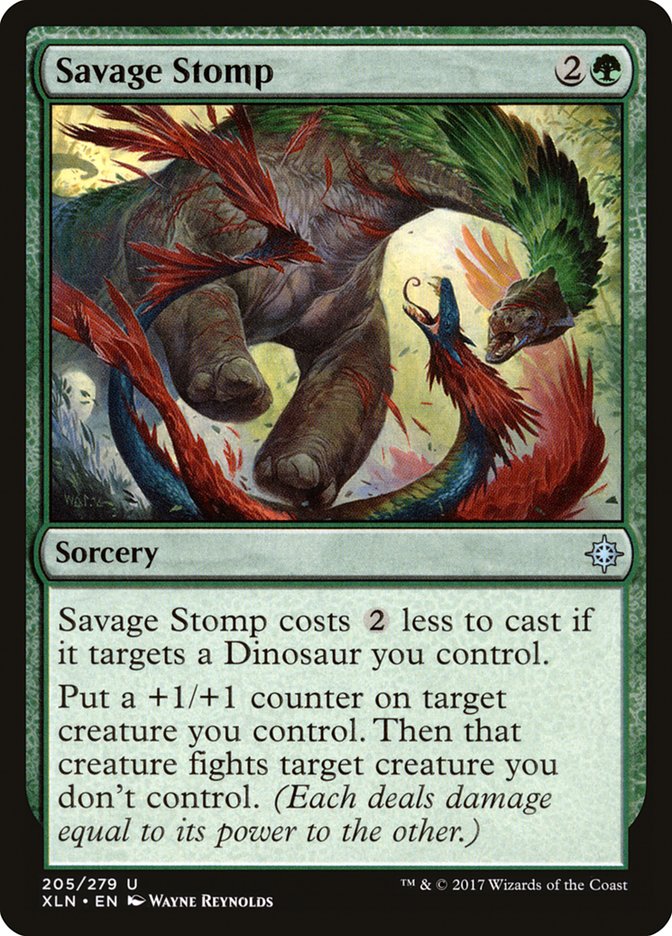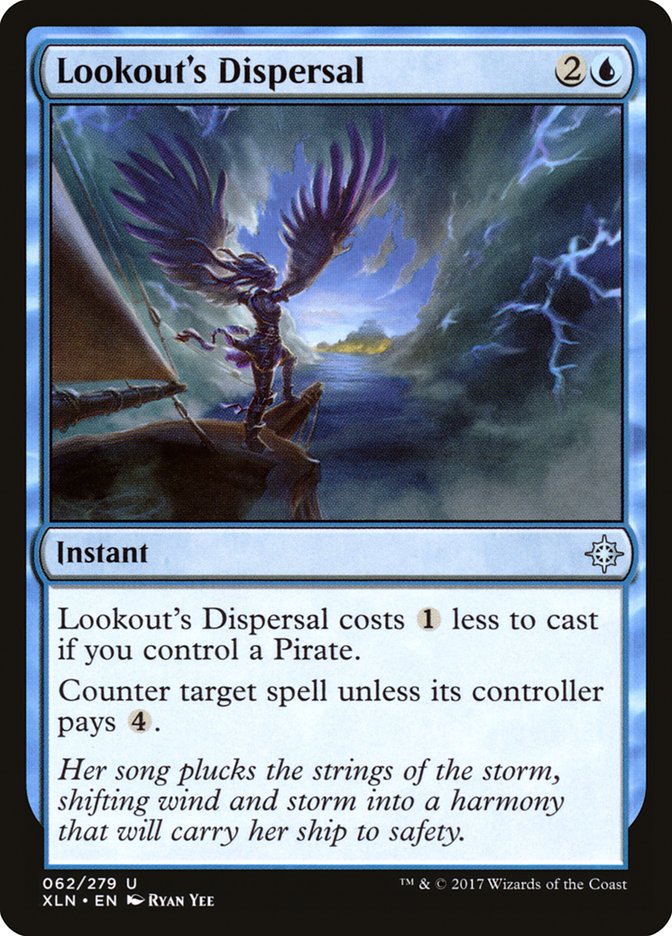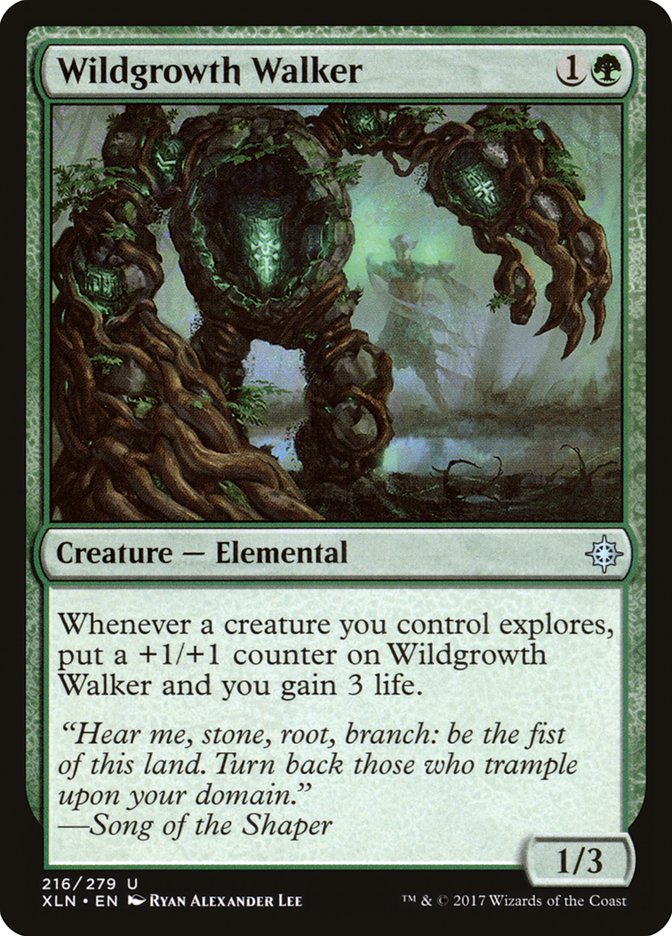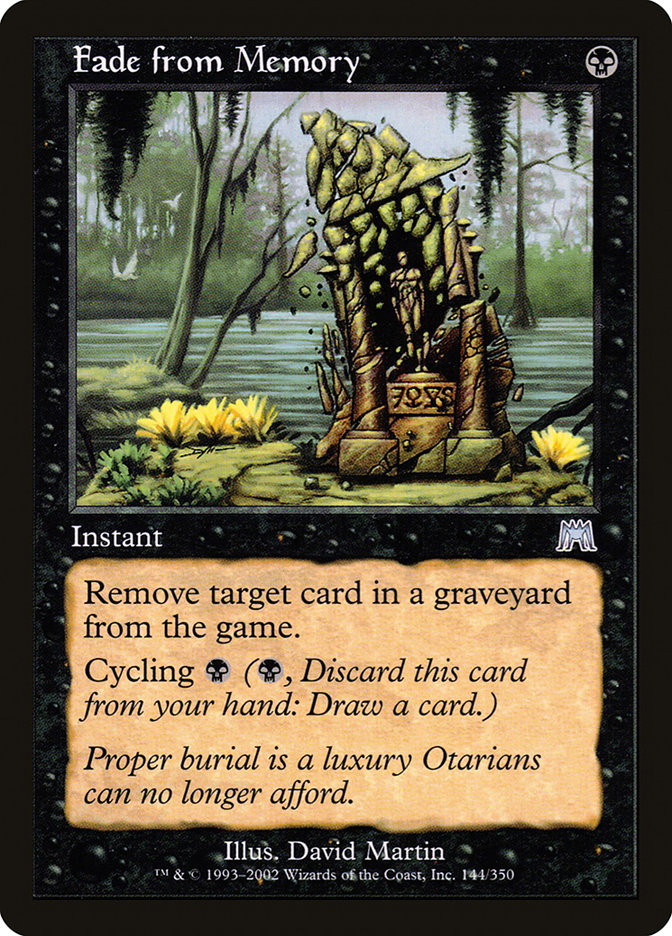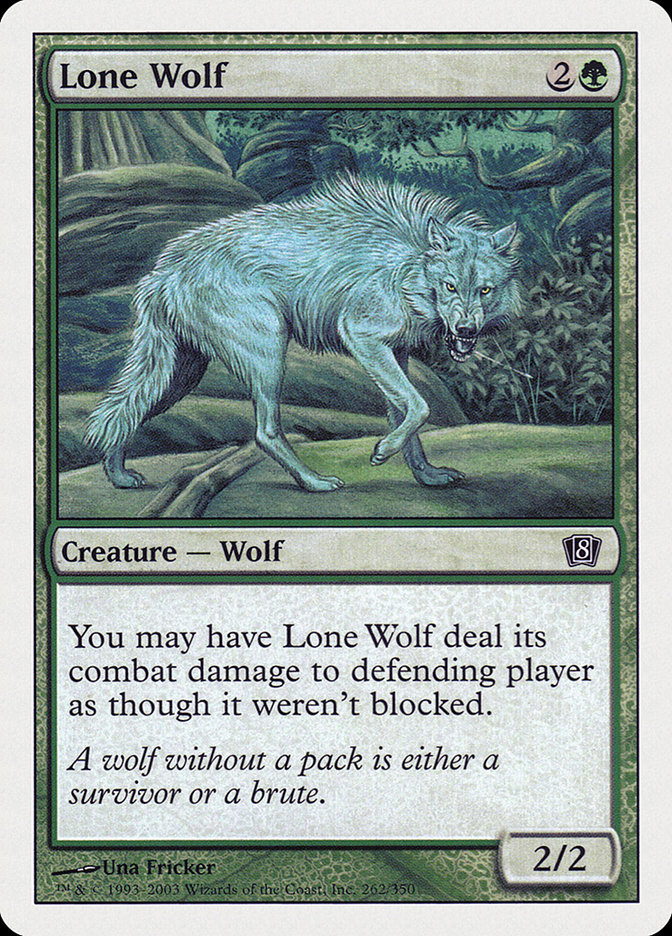It’s a whole new ballgame, folks. The World Series is over, and basketball
season is gearing up. The ball is bigger, the game is faster, and there are
no bats. Football is still a thing and the name still makes no sense. I
mean, it’s not even a ball by any realistic definition of the word.
But I digress. What I really should say is that it’s a whole new card game.
You see, this weekend is Pro Tour Ixalan, but can we really say it actually
features a set that has been out for six weeks?
Since Pro Tour Dark Ascension in 2012, the Pro Tours have been named for
the most recently released set, which they are meant to feature. For five
and a half years the Pro Tour has been a tournament that tested what the
best players in the world could come up with on short time and with little
to work with as a base. It was them who set the pace for the rest of the
Standard season.
But this Pro Tour is different. We’ve seen weeks of data for Standard on
Magic Online, and several major tournaments in both the Standard format and
Ixalan Limited. That is mountains of information and format development
that the participants have to work with for the first time, and that’s
going to drastically change the texture of this tournament, both for the
players and the viewers.
Here’s what you need to know before tuning in on Friday.
Tuning Supersedes Building
Under the old system, players would be going off of a week or two of Magic
Online data and an SCG Open as far as competitive results. For a Pro Tour
following a rotation like this one, that is only a baseline. The successful
decks from those events would be the default for those who don’t find
anything they like and set the metagame that the rest of the players are
trying to attack.
But that initial metagame was often far from how the format would shake out
after the Pro Tour. Going into Pro Tour Kaladesh, R/W Vehicles was the deck
to beat and the Aetherworks Marvel decks were entirely combo-oriented. U/W
Midrange decks were the best performing of the tournament and eventually a
metagame of U/W and B/G decks would come to be dominated by a refined R/G
Marvel archetype that took months to come together.
Due to their early placement, Pro Tours were about identifying powerful
shells for the format and adapting them to the early metagame. Most of the
time there would be shells that hadn’t been unveiled before the tournament
and you could take much of the tournament by surprise, an advantage that
would stay relevant even if your list was off by a few cards.
That margin for error is no longer there. Countless decks have been
considered, explored, and dismissed over the last six weeks and teams are
much less likely to give up on potentially promising ideas due to lack of
time.
So we have a tournament where the floor for decks that players play is
going to be higher than normal, with few to none of the swings and misses
that we see before. That means players are going to have to look for an
edge elsewhere, and that edge is from tuning. Getting those last few cards
right is a bigger deal now, as is having a precise plan in the key
matchups.
The Risk/Reward Calculus Changes
This is another offshoot of there being more time to work through brews,
iron out the kinks, and learn the important matchups.
Here’s the thing about preparing for the Pro Tour: When you’re working with
a relatively new set and you only have two weeks and draft to worry about,
two weeks just isn’t enough. So many players are spending Wednesday and
Thursday struggling to make a decision on what deck to play–I once
switched decks after registration when word spread of a significant
metagame change that made me rethink my initial choice.
When forced into these spots, it’s my experience that most players are risk
averse. They don’t like the idea of sinking their entire tournament on a
bad deck (which I’ve also done at the Pro Tour level…several times) and
that makes them gravitate toward the default decks.
We’ve seen this play out at the World Championship several times in recent
years, where the fields have been homogenized, much to the disappointment
of viewers. Unfortunately, I’m expecting more of the same this weekend.
However, if you consider the last two SCG Players’ Championships, both
tournaments were won by players who made a bold deck choice that paid off:
Jim Davis with Eldrazi Ramp and Joe Lossett with Temur Pummeler.
Creatures (18)
- 2 Dragonlord Atarka
- 2 Den Protector
- 4 Hangarback Walker
- 2 Oblivion Sower
- 4 Ulamog, the Ceaseless Hunger
- 4 Jaddi Offshoot
Planeswalkers (4)
Lands (25)
Spells (13)

Creatures (20)
Lands (20)
Spells (20)
- 4 Uncaged Fury
- 3 Rush of Adrenaline
- 4 Larger Than Life
- 4 Blossoming Defense
- 4 Attune with Aether
- 1 Built to Smash
Sideboard

The homogenized metagames brought about by risk aversion often have holes
as players tune their lists toward beating the other most popular decks,
and any player who successfully identifies a hole has a lot to gain.
So while the metagame overall may be repetitive, I expect a handful of
players who go out on a limb to make a serious run, which should give all
of us at home an easy rooting interest. Down with Temur! Up with…anything
else!
Fringe Archetypes Will Loom Large in Draft
If you’re looking for a break from the supposed monotony of Standard, then
Limited may be the answer. With sets being released on Magic Online earlier
than ever, even under the old system most players have been getting upwards
of 100 practice drafts in before the Pro Tour. For this Pro Tour, that
number is going to be on the low end for the most dedicated competitors.
With a smaller number of drafts, players tend to gravitate toward
archetypes they have more experience with, which can lead some top tier
archetypes highly underdrafted. That’s not likely to happen this time, as
players have a much broader understanding of the format and will more
readily recognize and move into the open colors.
So the edge to be gained is in being able to put together fringe archetypes
when the opportunity arises. Every format has archetypes that aren’t going
to come together in every draft. They may need specific uncommons or a
large number of a given common to work, so they require a keen eye to see
when the cards are there and a calculated risk to go for it.
Early on, Christian Calcano was the talk of Pro Tour Amonkhet with his
Slither Blade deck, which led him to a quick start and his first top 8.
Calcano kept innovating at the World Championship with a hyper-aggressive
deck with lots of auras. Finding more decks like these and taking advantage
of them when possible is going to be very important to succeeding in such a
well-understood format. Personally, I’m hoping for a sweet G/B Explore deck
with Wildgrowth Walker and Lurking Chupacabra.
This is essentially the Limited analog of the previous point. If you’re
unwilling to take a risk, you’re missing out on a critical advantage over
your competitors.
Sideboards, Sideboards, Sideboards
Another secret of the Pro Tour is that with a new set, sideboards are often
neglected. Everyone is working with untuned lists and the metagame is often
unclear or the subject of some disagreement among teammates. As a result,
hammering out a good sideboard is very difficult to do and easy to put off
until you’re scrambling on Thursday night trying to figure out if the plan
you have to beat control is actually good.
This is yet another issue that is alleviated, if not eliminated, by the
late timing of this Pro Tour. The format is stable, and the vast majority
of players understand the matchups and how the opposing decks typically
sideboard.
And thus we have another opportunity for savvy players to get creative and
level the field with unexpected sideboard plans that put a wrinkle into the
matchup. The previous Pro Tours were more like a regular season game. You
play a million of them and don’t have much practice time so you just stay
in your lane and make minor tweaks where you can.
This Pro Tour is like a playoff series, where you’re spending all your time
and energy with a laser focus trying to beat a single opponent. You see
what they do in the first game or two and make adjustments, then your
opponent adjusts to your adjustments so you have to re-adjust and in doing
so push the boundaries of what your team is capable of.
So even if players aren’t making many bold deck choices initially, look for
them to flex their muscles when it comes to creating new sideboard plans
and approaching matchups very differently than we’ve grown accustomed to.
The Super Team Advantage Will Continue To Decrease
Super Teams have been the paradigm at Pro Tours since at least Pro Tour
Paris in 2011, and existed in a less widespread and less organized way
years before that. The players who are completely dedicated to the game
will gang together, hole up in a house near the event, and practice
non-stop for one or two weeks to maximize each other’s chances for success.
I can say unequivocally that my preparation was significantly better when
working this way, as were my results. It may not be the healthiest
practice, but it sure is effective. And it has typically left players
without the ability to commit so much time to preparing at a significant
disadvantage. They don’t have the person-power to grind games and try out a
lot of decks so they are often forced to lock in early and hope their first
instinct is good.
Without time pressure, smaller teams and individual players can divide
their time more effectively and come in more prepared relative to the top
teams. The first one to two hundred games are a lot more important than the
next couple hundred, so there’s only so much edge to be gained from
experience in this field. Also, lower level players who are wary of going
toe to toe with the best in the world with a known deck are more willing to
take the risks I wrote about above, looking for any edge they can get.
So I’m looking for new faces to break through, or dedicated local grinders
to take advantage of a unique opportunity and break through in a big way.
This is also the first Pro Tour of the season, giving added incentive to
the lower level pros who may need to requalify or just want a jump start on
a run to gold.
Let’s Watch Together
With how little impact Ixalan has had on Standard to this point, I can’t
imagine this was the environment Wizards wanted for this Pro Tour. And I’m
not expecting the pros to reinvent the wheel here and revolutionize the
format so late in the season. So if you’re hoping to see a Dinosaurs versus
Merfolk finals on Sunday, I have some bad news. But if you look deeper and
appreciate the little things in how they build their Temur Energy and
Ramunap Red decks, and watch out for the people that strike gold with
something unexpected, this is going to be an exciting Pro Tour to watch.


